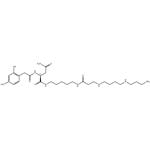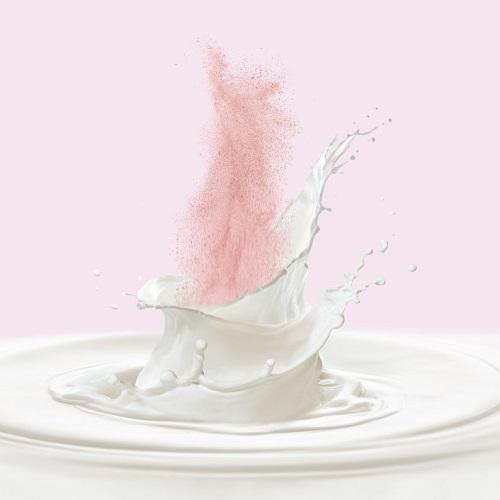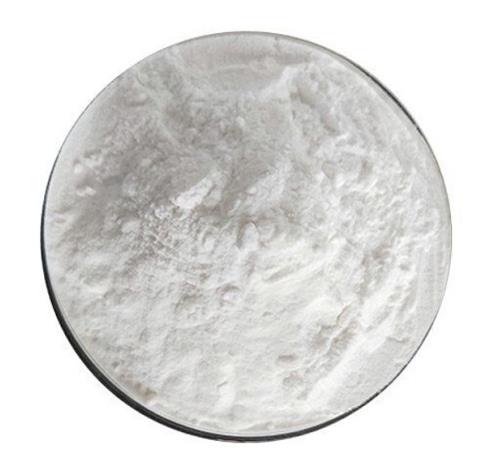Uses of Lactoferrin
Lactoferrin, a transferrin protein that binds free iron (Fe2+ ) and possesses antioxidant, antifungal, antibacterial and antiviral properties, is most commonly recovered from the whey protein fraction of bovine milk, and is also present in saliva, tears, neutrophil granules associated with inflammation, mammalian exocrine secretions, and at trace levels in meat.

Mechanism of action
Lactoferrin binds to surface receptors and disrupts normal membrane and endotoxin function.It has been reported that microorganisms attached to surfaces (e.g., carcass tissue) detach upon lactoferrin-binding and subsequent attachment is also blocked.
Since lactoferrin acts as the ligand in a ligand/receptor-mediated pathway, its activity is highly conformation dependent. Conformation is both pH- and citrate/bicarbonate ratio-dependent and may also be altered in the presence of excess calcium or phosphates. Lactoferrin exhibits an affinity for Fe2+ , and iron-rich water sources diminish antimicrobial activity and should not be used to dilute lactoferrin decontamination solutions. Outer membrane porin (OmpC and OmpE) synthesis by gram-negative enteric bacteria is indirectly regulated by extracellular osmolarity; thus, NaCl may indirectly influence the efficacy of lactoferrin in processed meat products.
Uses
When bound to a GRAS glucosamine, lactoferrin is fixed in its conformationally active form (activated lactoferrin or ALF). ALF is commercially available as Activin TM , a NaCl and citrate/bicarbonate solution containing free lactoferrin and lactoferrin bound to carrageenan. Published scientific data regarding the efficacy of lactoferrin as an antimicrobial are limited, especially as a decontamination solution applied to carcasses or processed meat products. In one study, beef subprimals inoculated with E. coli O157:H7 (4 log CFU/100 cm 2 ) were sequentially treated with ALF (2.0%) and lactic acid (5.0%, 55°C), and then moisture enhanced or blade tenderized. Surface treatment with ALF reduced pathogen counts by 0.9 log CFU/100 cm 2 , although E. coli O157:H7 was internalized in 99% of samples during tenderization/enhancement as would be expected in the presence of any level of contamination.
You may like
Related articles And Qustion
Lastest Price from Joro toxin manufacturers

US $2.00-5.00/kg2025-06-13
- CAS:
- 112163-33-4
- Min. Order:
- 1kg
- Purity:
- 99%
- Supply Ability:
- 100kg

US $1.50/g2025-06-06
- CAS:
- 112163-33-4
- Min. Order:
- 1g
- Purity:
- 99.0% Min
- Supply Ability:
- 100 Tons



